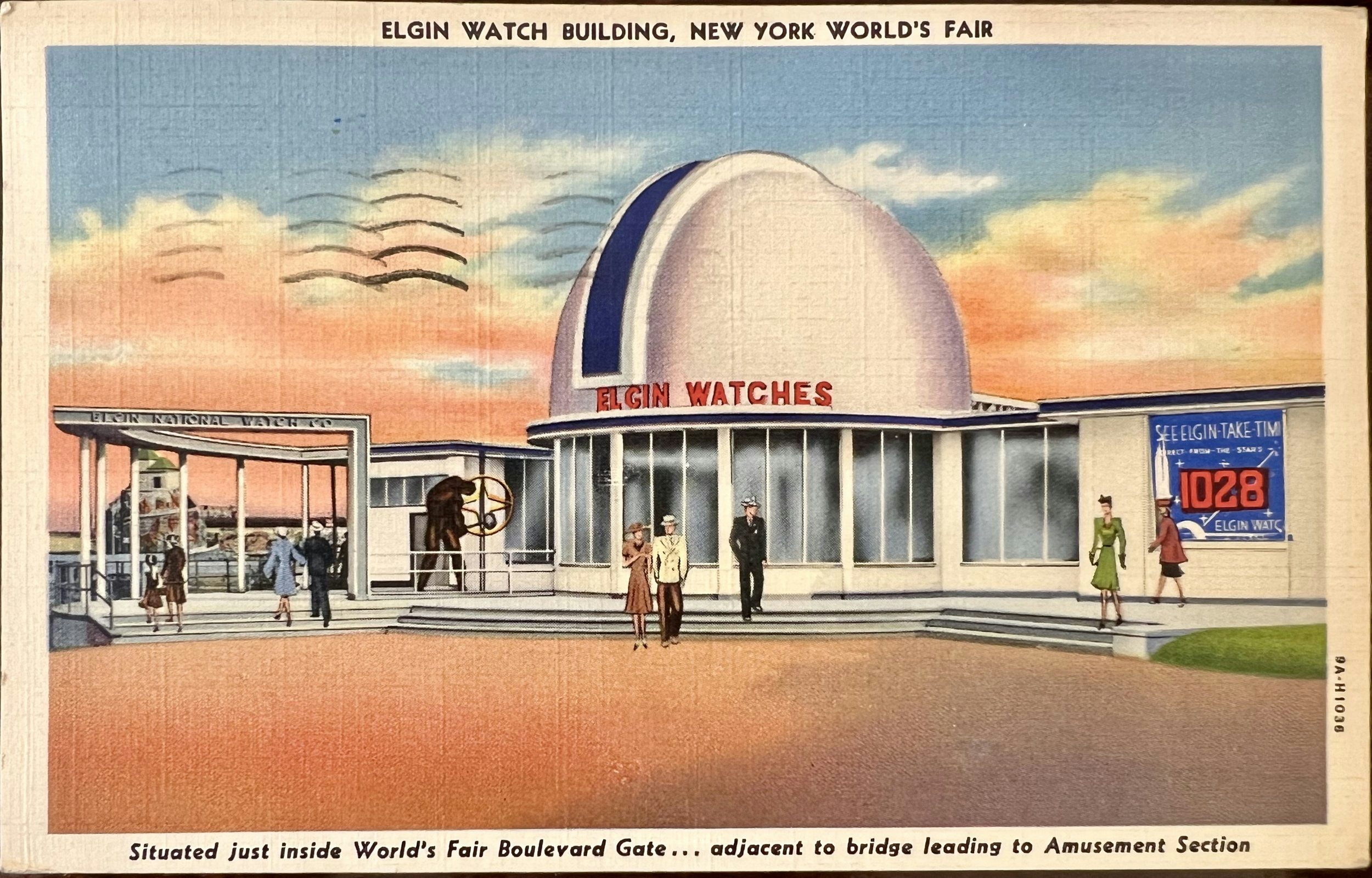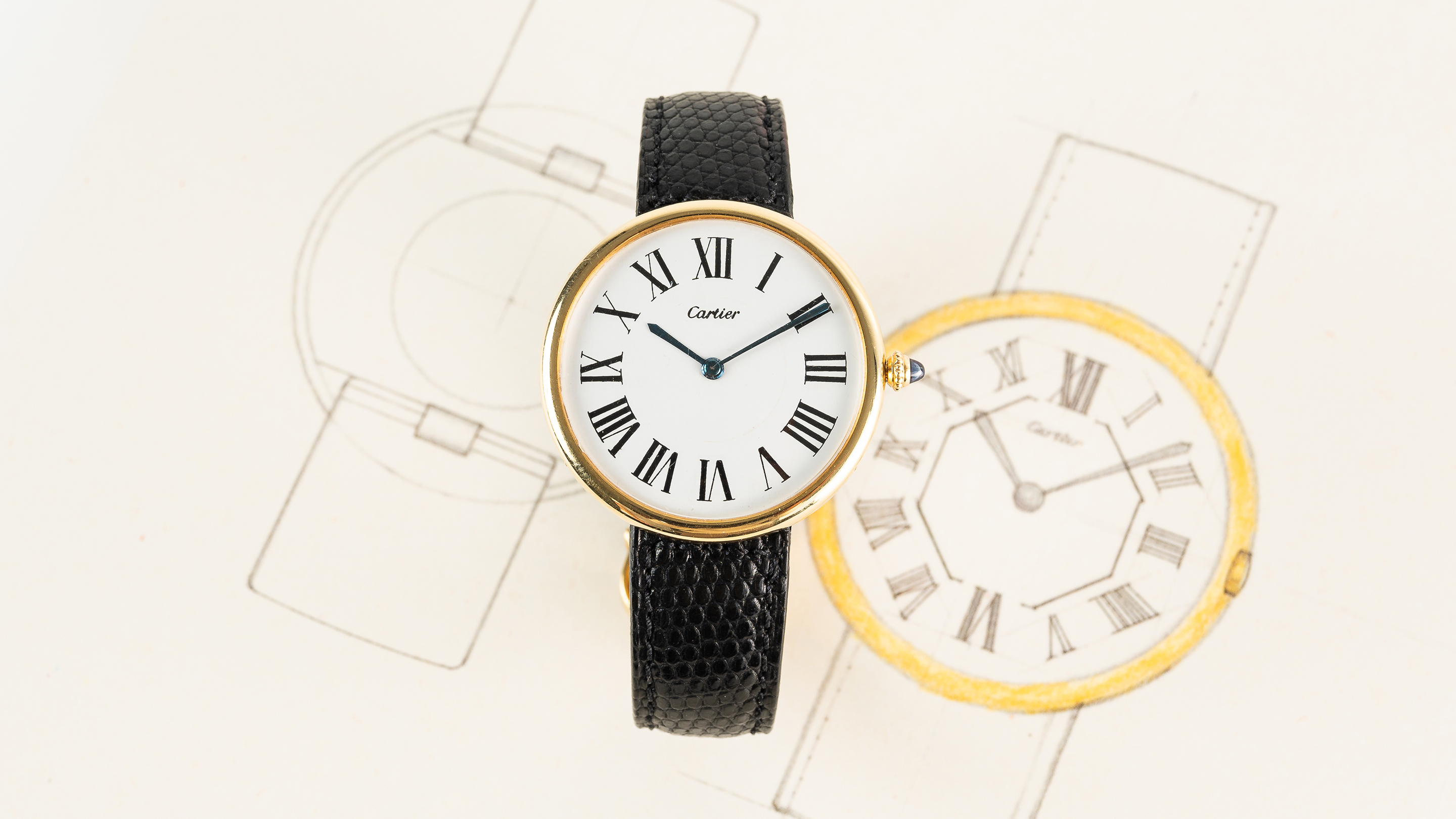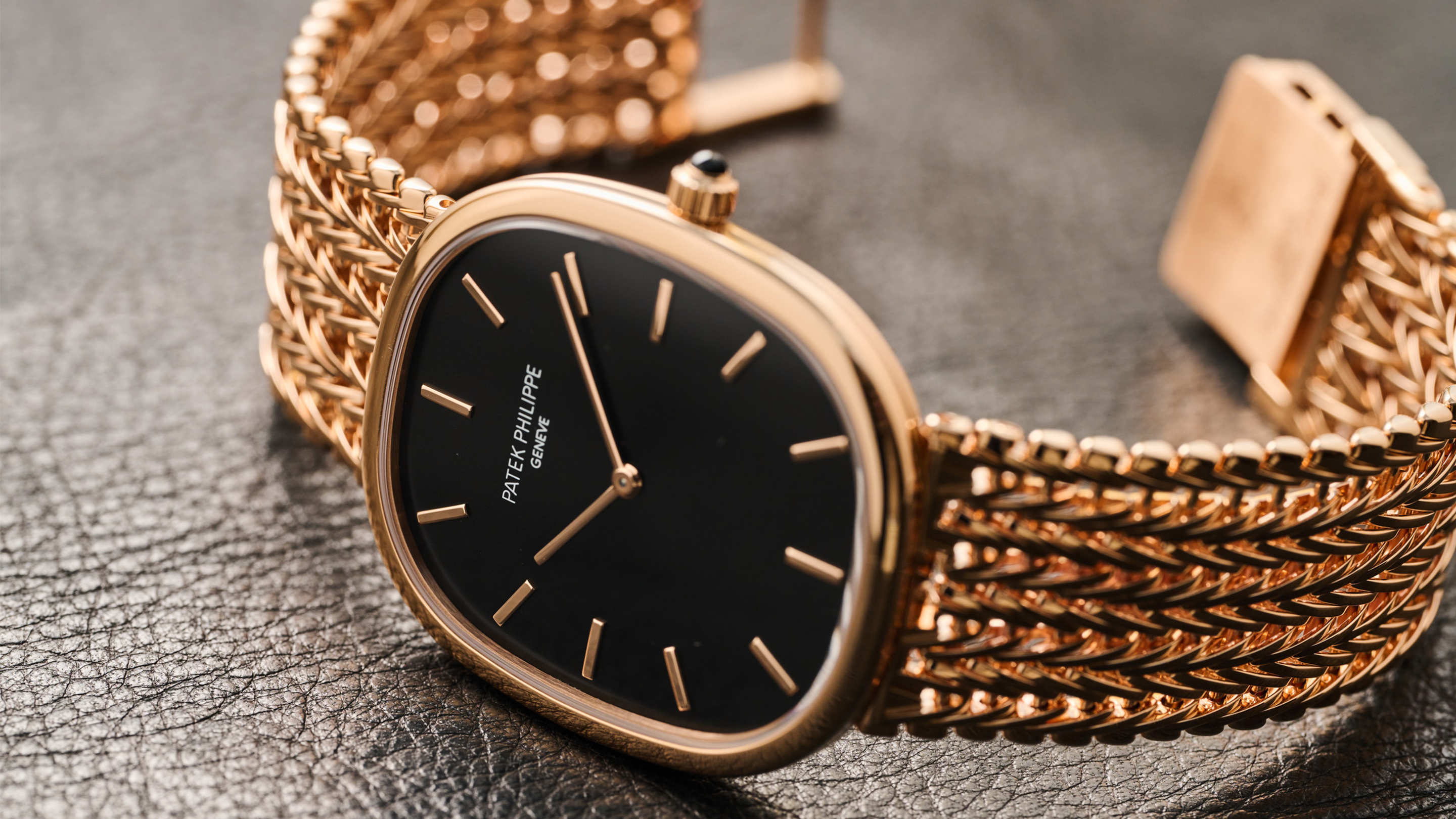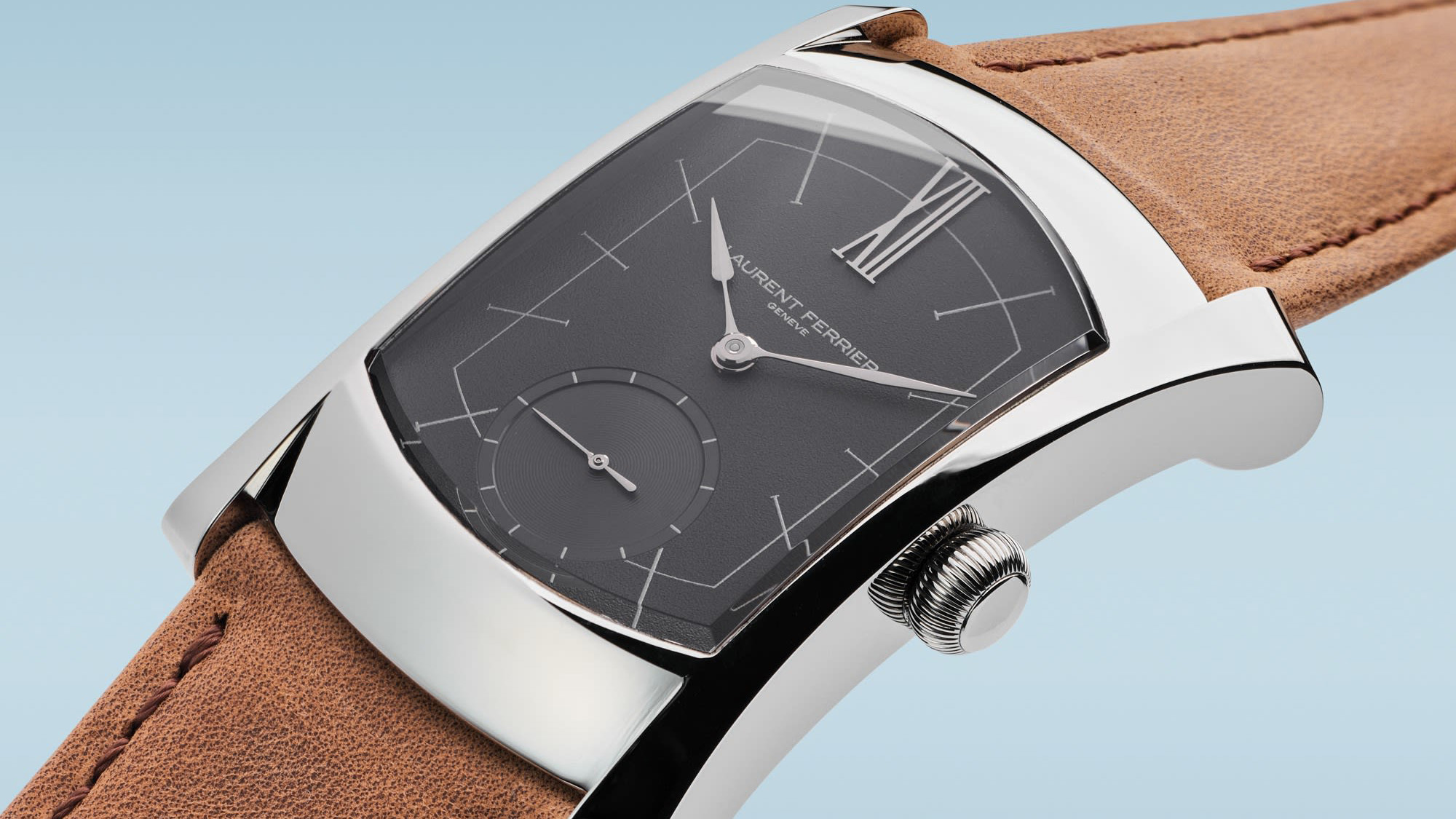ADVERTISEMENT

This post is part of a series, Reading Time at HSNY, written by HSNY's librarian, Miranda Marraccini.
ADVERTISEMENT
Whether you're traveling this summer or opting for a staycation, the Horological Society of New York (HSNY) has something horological to satisfy your globetrotting impulses.
Image 1
If you're in New York City, come by to travel the world through our postcard collection. Most of you are familiar with our books–many of which I've highlighted in past posts in the "Reading Time at HSNY" series. But we also have a comprehensive archive of about 1,200 postcards from horological museums and sites all over the world–all courtesy of our generous benefactor, Fortunat Mueller-Maerki!
Mueller-Maerki, who was raised in Switzerland and moved to the U.S. as an adult, collected these postcards one by one on individual trips and as a leader of horological study tours over several decades. Most of the postcards come from the horological hotbeds you'd expect: Switzerland, England, France, Germany and America. But there are also some surprising locales including Argentina and the Czech Republic.
Interestingly, Mueller-Maerki also amassed vintage postcards that people had already addressed and sent. One of my favorites shows possibly the most famous clock in the world, London's Big Ben (see images 1-2). It's not dated, but the one-penny stamp that the postcard writer used dates it from the reign of King Edward VII (1902-1913). A lady named Edith sent this postcard to her friend Blanche in Denver, Colorado (Wilfred Jurgens in the address is the friend's husband's name).
Image 2
You might notice that the caption reads "LONDON - The Houses of Parliament. - The Clock Tower." Big Ben was never officially called Big Ben, and in fact that nickname first referred to the bell inside the tower, rather than the clock. The tower itself was simply known as "the Clock Tower." Edith doesn't mention any of these facts in her note. She's preoccupied with the practicalities of travel ("we sail tomorrow"), health ("we are very well"), and her friends and family back home ("Marjorie sends a kiss to Mary"). She signs the postcard "Lovingly, Edith." In Edith's story, the famous clock is just a pretext for her to send her love. I like to imagine her coming back to her friend, a married woman, and telling her breathlessly about the sights and sounds of her overseas adventure. Here at HSNY's Jost Bürgi Research Library we have an entire section of old and modern books dedicated to Big Ben, so if you want more information than Edith provides, please stop by.
In 1952, a different woman sent a postcard featuring an English clock tower to her married friend in Denver, this time from Buenos Aires (images 3-4). This postcard is in our collection because it features the Torre Monumental, another famous clocktower, at the time known as Torre de los Ingleses ("Tower of the English.") British citizens living in Buenos Aires funded the construction of the tower, hired a British architect, and imported engineers and construction materials to build it.
Image 3
Image 4
While public clocks are a frequent subject of postcards, a number of our cards show watch factories. Image 5 shows both sides of a postcard from the German town of Schwenningen, "the largest clock city in the world," according to its caption. The front shows the Kienzle factory in the town, which, among other things, manufactured timing devices for Germany and the Axis powers during World War II.
Image 5
According to the postmark, someone sent this on April 14, 1958. Although the factory depicted is large, it still looks like a fairly traditional building, with its pitched roof and curved eyebrow dormers.
Our American postcards, in contrast, show off the features of the mega-factories of America: Elgin (image 6), Hamilton (image 7) and Waltham (image 8). The Elgin and Waltham images are from the turn of the 20th century, while the Hamilton picture dates from around 1940. Compare the scale of the building above in Germany's "clock city" in 1958 with the behemoth city-sized factories in America, some of which were built 50 years earlier.
Image 6
Image 7
Image 8
At the beginning of the 20th century, American watch manufacturing was booming, thanks to a series of developments in standardization and mechanization, the "American System". Below the image of the Waltham factory in Massachusetts, the postcard's sender has written "Does this look natural?" which could be a private joke, but could also be an ironic remark about how industrialization had changed the area. Although there are still some trees, and the Waltham building is a bit more residential looking, it is not natural at all. It's the height of technological innovation for the time.
Image 9
Image 9 features a decidedly groovier watch building, the Elgin pavilion at the New York World's Fair in 1939. On the reverse of the card, there's barely enough room for a message from the sender, given all the advertising copy. According to this card, the Elgin Watch Building hosted "a fully equipped astronomical observatory and watch museum…an animated puppet style show" and a service where "watches of visitors are rated for accuracy, without charge." There's even a pre-printed "handwritten" message, in cursive, that reads, "P.S. I've just seen how time is taken from the stars. It's exciting. Take my advice and make the Elgin Watch Building the starting point for all your World's Fair sightseeing. It's so conveniently located." That's a convincing pitch!
Image 10
Even with all this promotional text, the sender of this postcard managed to cram in a message to his "sweetie" that mentions visiting the Empire State Building, seeing the ship the Queen Mary, going to the hottest musical revue on Broadway, "Hellzapoppin", and visiting a musical swimming show at the World's Fair, "Billy Rose's Aquacade" (image 10). An exhausting slate of events for one visit to New York! The writer, named Farley, takes a maximalist approach to the space he's allotted, unlike Edith, who preferred to save her thoughts on Big Ben to relate in person.
Hopefully these postcards are a reminder to document your journeys, even the mundane ones, since you never know who's going to be reading about them in the far-off future at some library on Mars. For now, from all of us at HSNY, we hope you have a great summer full of horology, relaxation, and adventure!












































Top Discussions
Watch Spotting The Watches & Fashion Of Met Gala 2024
Hands-On The Patek Philippe Ellipse Is Once Again On A Bracelet
Introducing The TAG Heuer Formula 1 | Kith: A '90s Icon Revived (Live Pics)